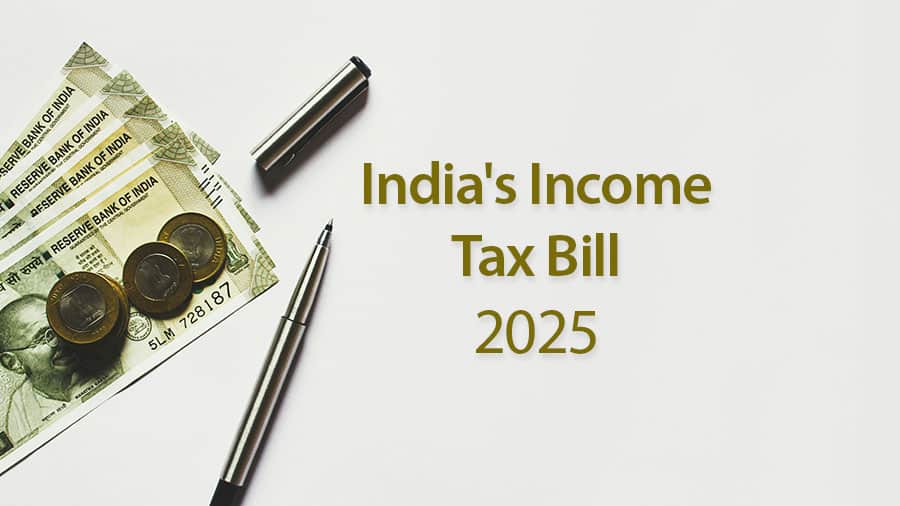Web Content Accessibility Guidelines (WCAG)
The Web Content Accessibility Guidelines (WCAG) are a significant resource for organizations, associations, and different elements who need to make their digital content available to all individuals. Very much like the name states, WCAG is a definite arrangement of technical guidelines making sense of How you can make your Website, App, or other Digital properties open to individuals with different sorts of disabilities
The guidelines indicate what to search for while designing or reviewing into a website, application, or digital document for openness obstructions. In particular, WCAG conformance — in some cases erroneously alluded to as WCAG compliance — implies your business is satisfying WCAG guidelines, which are a typical standard taken on by worldwide, government, state, or neighborhood hostile to segregation and accessibility legislation. And keeping in mind that WCAG itself isn’t regulation, it is the generally acknowledged norm for web accessibility all over the world.
What does WCAG cover?
WCAG offers a broad rundown of rules on making web content more open to a more extensive scope of individuals, incorporating individuals with handicaps. At the point when these rules are not kept, the way a site or application was made can incorporate hindrances that keep individuals from utilizing digital platforms, forestalling powerful correspondence with them. Except if these hindrances straightforwardly influence you, you could have a very troublesome time realizing they exist. That is where WCAG comes in.
The rules incorporate an abundance of progress models for making a digital experience open and following prescribed procedures for compliance with anti-discrimination legislation. Coming up next are only a few instances of what WCAG addresses:
- Pre-recorded and live video with sound substance needs to have subtitles for the people who are hard of hearing or almost deaf, or who process information better by reading.
- Pre-recorded sound substance documents need to have a composed record. This is likewise useful for individuals who need to stand by listening to a sound document, yet can’t turn their sound on, or are in a noisy environment.
- Non-decorative pictures, including those utilized for a picture button or link, should contain elucidating alternative text (alt-text) so individuals who are visually impaired or have low vision have a suitable description of the image. Alt-text, when available without assistive technology, can likewise assist anyone with better figuring out the items in an image. On-page text should be resizable without making things on the page be removed or missing showcases, so individuals with low vision can magnify content and make some easier time reading.
- All coordinated capabilities, for example, structure passage errands need to exist without a period limit or incorporate a drawn out, additional time limit so individuals who need additional time to finish up structures have the time they need.
- Parts that exist across different pages, similar to navigation, headers, footers, and sidebars, should reliably show up in similar spots across a website so individuals generally know where to track down them, paying little mind to what page they’re on. For example, your sidebar can’t change from left to right relying upon the page. The navigation can’t go from being secured to the top to showing up on the bottom.
- Users should have the option to explore your website without the utilization of a mouse. For example, users ought to have the option to utilize the “tab” button on a console to advance through happy on a given page. This is helpful for individuals with motor disabilities, and numerous others, including somebody who might be managing a physical issue to their predominant arm or hand.
- All web pages should utilize appropriate heading-level construction so individuals utilizing screen readers, particularly individuals who are visually impaired or have low vision, can without much of a stretch comprehend how the page is organized.
Blog By: Priyanka Rana

13
FebWeb Content Accessibility Guidelines- WCAG
Feb 13, 2023Recent Blog
India’s Electric RevolutionFeb 18, 2025
DeepSeek – The Global AI Usage ConcernFeb 17, 2025
The New Income Tax Bill 2025Feb 15, 2025
The Cryogenic Engine (CE20) Of ISROFeb 14, 2025
The IRIS ChipFeb 13, 2025




